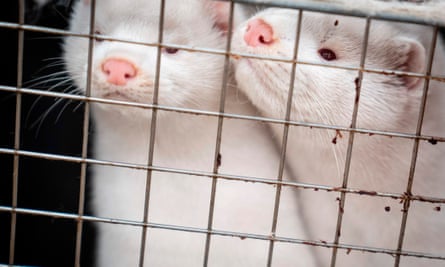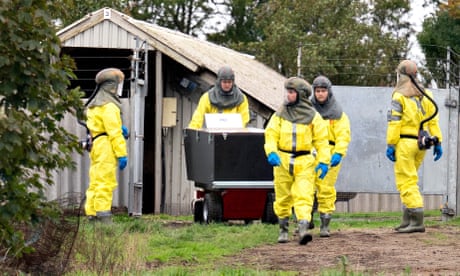Bartenders, waiters, drivers, nurses and dentists.

Healthcare personnel are among the employees with higher infection rates for COVID-19 compared to the general population of working age.
NTB NORWEGIAN NEWS AGENCY
Saturday 14. november 2020 -
Those who work in the healthcare services, in bars and restaurants, and in public transport are among the workers who have been the most exposed to the coronavirus, according to a new study by the Norwegian Institute of Public Health, NIPH.
Healthcare personnel had the most confirmed cases per 1000 employees before this summer, while workers in bars and restaurants have had the most confirmed cases per 1000 employees after the summer.
Taxi drivers, bus drivers and tram drivers have also been more infected than in the rest of the population of working age.
1,5-three times more infections
Between February and July, there were 2,3 registered cases of COVID-19 per 1000 people aged between 20-70 in Norway.
For healthcare personnel the corresponding number was 3,5-6,5 cases per 1000, and for taxi drivers it was 3,4-5,5 cases.
This equals 1,5 to three times more infections than the general population.
Between July and November, the spread of the virus increased somewhat in Norway, to 2,6 cases per 1000 people aged between 20-70 years.
In this period, workers in bars and restaurants, as well as flight and boat attendants, were the most exposed to COVID-19. In these groups, registered cases were between 6,2-8,9 per 1000 employees.
During this period the rates of infection among health workers were the same as for the general population.
Teachers had the same level of infection as the general population both before and after the summer.
Schools were closed in Norway during the lockdown that started on March 12th, and only opened up just before summer holidays started. Schools have been open during the fall and are still open, despite the stricter measures that have been implemented in Norway during recent weeks.
Testing criteria and better protection
"The difference between the first and second wave may be due to changes in the test criteria," says Karin Magnusson in a press release from NIPH. She is a researcher at the NIPH and the first author of the study.
During the first period of the pandemic in Norway and elsewhere in the world, there was a shortage of test equipment, and patients, risk groups and healthcare personnel were prioritized for testing. But this fall there has been no lack of testing equipment or facilities in Norway, and close contacts and people with mild symptoms can get tested.
Another explanation, according to Magnusson, could be that fewer people have travelled abroad.
“The high proportion of doctors who were infected in the first period may, for example, have been infected on holiday in Italy, and not in Norway at the doctor's office”, Magnusson says in the press release.
“One explanation could also be better protection of healthcare personnel”, she says.
More hospitalisations among dentists
There were no differences between occupational groups for severe COVID-19 disease and admissions to hospital. One exception was dentists who had more hospital admissions than other occupational groups.
“This raises the question of whether being infected with a large dose of virus from an individual increases the risk of developing a more serious disease”, Magnusson says in the press release, adding that “but the numbers are low and therefore uncertain”.
Infections on the rise
Norway has experienced a severe increase in infections, as the rest of Europe, during the past few weeks. Strict measures are in place, both nationally and locally, for instance in the largest cities Oslo and Bergen.
Border controls have become stricter, with demands of ten days at a quarantine hotel as well as testing. Home office when possible is mandatory, and there are limits as to how many people are allowed to meet in private homes - five in Bergen, and ten in Oslo. Authorities have also warned that people will be fined if they violate the rules.
At home and at the office
Norwegians are now most often infected in private homes – this represents 41 per cent of cases. Then comes work and universities, with 17 per cent of the cases, followed by private events with 10 per cent of cases.
4 per cent of the cases have been traced to bars and restaurants and 3 per cent to kindergartens and schools.
The source of infection is unknown in 15 per cent of the cases.







